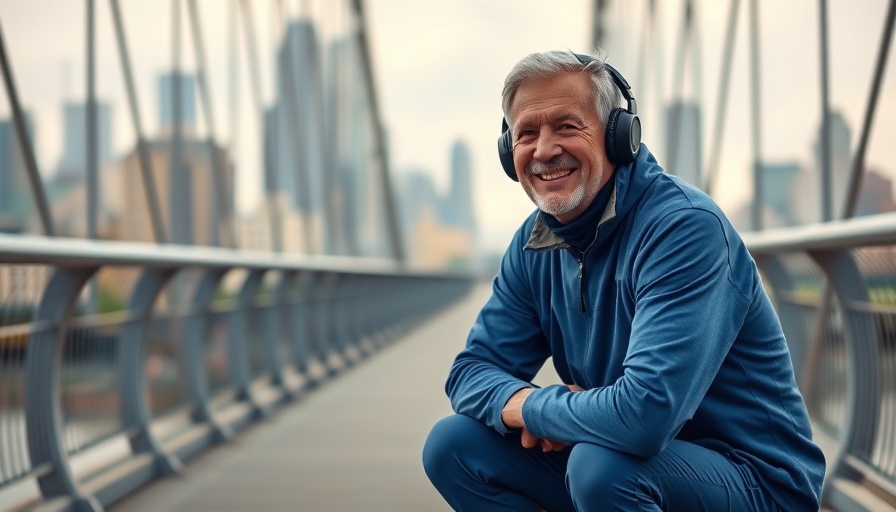
Understanding Knee Pain: The Silent Barrier to Fitness
Knee pain is an all-too-familiar frustration for many, especially adults looking to maintain an active lifestyle. Whether caused by wear and tear, injury, or underlying medical conditions, this discomfort can significantly hinder mobility. Recent findings indicate that avoiding exercise due to knee pain can actually lead to increased stiffness and worsen the problem over time. Instead of giving up, one must navigate the challenge of remaining active while being mindful of their limitations.
Expert Insights: Movement is Key
Asad Hussain, a fitness coach and founder of OddsFitness, emphasizes that knee joint issues should not lead to inactivity. "You just need to move smarter," he insists. He advocates for the importance of modified exercises that target strengthening around the knee joint while minimizing pain. Effective exercise regimens focus on balance and controlled movements, allowing for sustained activity without exacerbating discomfort. This mindset shift is supported by broader insights from health professionals who encourage active rehabilitation.
Six Tips to Modify Your Exercise Routine
To maintain an active lifestyle despite knee pain, consider these six expert-approved modifications:
- Low-Impact Activities: Engage in exercises like swimming or cycling, which are easier on the joints while providing cardiovascular benefits.
- Strength Training: Target surrounding muscles through controlled strength exercises to provide more support to the knee joint.
- Range of Motion Exercises: Simple stretches and movements can enhance flexibility without strain—consider focusing on gentle stretching routines.
- Balance and Stability Training: Incorporate activities such as tai chi or yoga that improve overall balance and can significantly support joint stability.
- Joint-Friendly Equipment: Use supportive gear such as knee braces or orthotics during exercise to help reduce pain and improve function.
- Consult a Professional: Always work with a physical therapist or fitness professional who understands your limitations and can develop a tailored exercise plan.
Proactivity is Essential: The Impact of Regular Exercise
Staying active isn’t merely about physical health; it carries significant emotional and mental benefits as well. Studies show that regular movement, even when modified, can lead to reduced feelings of depression and anxiety. This is crucial, especially for those already feeling the strain of physical limitations. Proactivity in addressing knee issues through adapted workouts can encourage individuals to reclaim their fitness journey.
Future Outlook: Embracing New Approaches
The conversation around exercise modifications for knee pain signifies a shift in how fitness is perceived. As research progresses, more tools and techniques will emerge to support those with chronic pain conditions. Understanding various methods of rehabilitation can empower individuals to not only manage their current state but also set themselves up for a healthier future.
Conclusion: Take Charge of Your Well-Being
Understanding that knee pain doesn't have to equate to physical inactivity is key. As Asad Hussain mentions, it is essential to regain enjoyment in movement through intelligent exercise choices. By adopting these modifications, individuals can maintain their fitness goals while being kind to their joints. Every step taken towards activity is a step towards overall wellness. Stay proactive, exercise mindfully, and embrace the journey to an active lifestyle!
 Add Row
Add Row  Add
Add 




Write A Comment